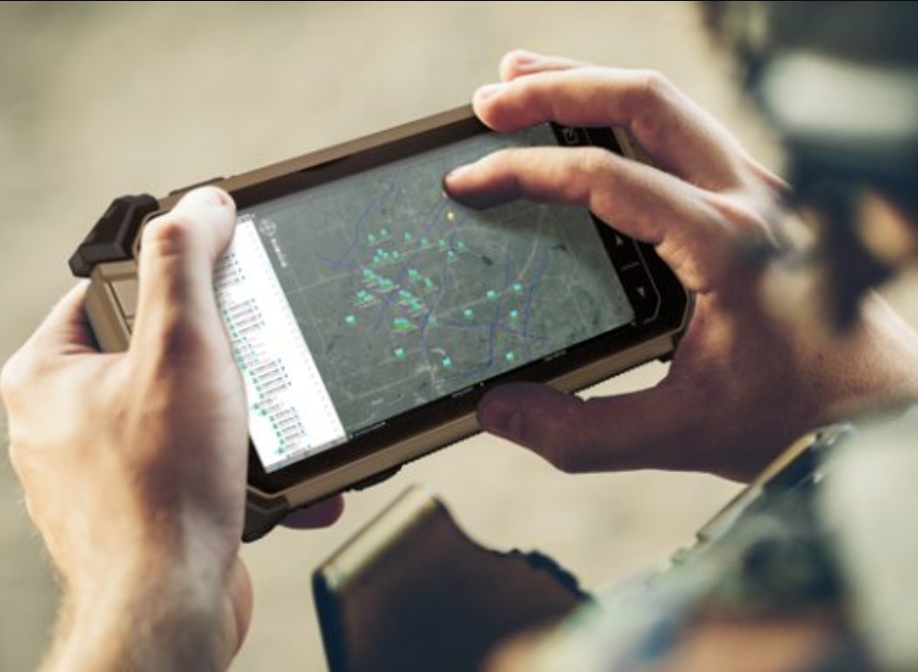Is a rugged tablet the right investment for your business?
In today’s market, businesses face many challenges as well as opportunities in this post-pandemic environment. Among these are the ongoing labor shortages despite rising consumer demand for products, the redesign or re-imagining of supply chains to prepare for the next disruption, and the rapid adoption of digital technologies to create smart factories.
Companies are adopting a more cost-effective approach and looking to do more with the hardware and software they acquire because digital transformation is one of their top priorities. But, before making a purchase of fixed or tangible assets such as equipment required for normal business operations that depreciate over time, companies should take into account a number of factors.
Total Cost of Ownership
The total cost of ownership (TCO) is defined as the asset’s acquisition price plus any operating expenses.
As a result, calculating the total cost of ownership entails considering the product’s overall cost as well as its current and future value. Comparing devices according to predicted costs will help you determine the total cost of ownership of:
- Direct costs: the initial capital investment, the number of repairs and replacements, and the overall repair cost
- Indirect expenses: wasted time while devices are being fixed, replacement devices, supplier bias toward replacing devices sooner, and service response time
- The most typical time frame for a business computer’s estimated lifespan is three years. Industry data from independent sources: failure rates for rugged devices are more than three years, closer to five or six.
Features
Taking working conditions into account, an organization needs a tablet that has features that you can see yourself using in the future.
It’s crucial to have a rugged tablet with a sturdy chassis that won’t break in an accident and keeps water and dust from getting on the surface. When using the tablet outside and it starts to rain, having a tablet that is water resistant or waterproof is key for continuing to be able to carry on work.
To verify the ruggedness of a device, rugged tablets are recommended to have the following:
- Ingress Protection or IP rating
- MIL-STD-810
- Touchscreen technology being resistive or capacitive
- Wide range for operating and storage temperatures
Specifications
Specifications are slightly different from features in the sense that they’re correlated to the internal operating system, not necessarily the hardware. Speed used to be one of the primary signs of high-quality rugged tablets in the past, and while that is still true now, other factors are just as significant. For precise data entry and recovery in the event that something goes wrong and the device breaks down, high-quality CPUs are crucial. Make sure the tablet you select has a robust and dependable operating system.
Rugged equipment is designed to perform and survive in challenging environments. A total cost of ownership analysis can justify the cost of a rugged tablet versus a commercial option. As a result, calculating the total cost of ownership entails considering the product’s overall cost as well as its current and future value.
Understanding the company’s genuine needs can help you decide which computing device is right for you. Also understanding not all tablets are built the same is important when choosing a device that is right for you. Commercial-grade tablets and laptops are not the same as rugged tablets and laptops. Rugged computers from Wamee are built to order with the needs of the company and industry in mind rather than built on a mass scale of production to distribute to general consumers.
Overall, employing rugged tablets and laptops is far more advantageous for teams that need constant communication while being exposed to challenging and extreme environments.
Written by our Technology Partner DT Research
